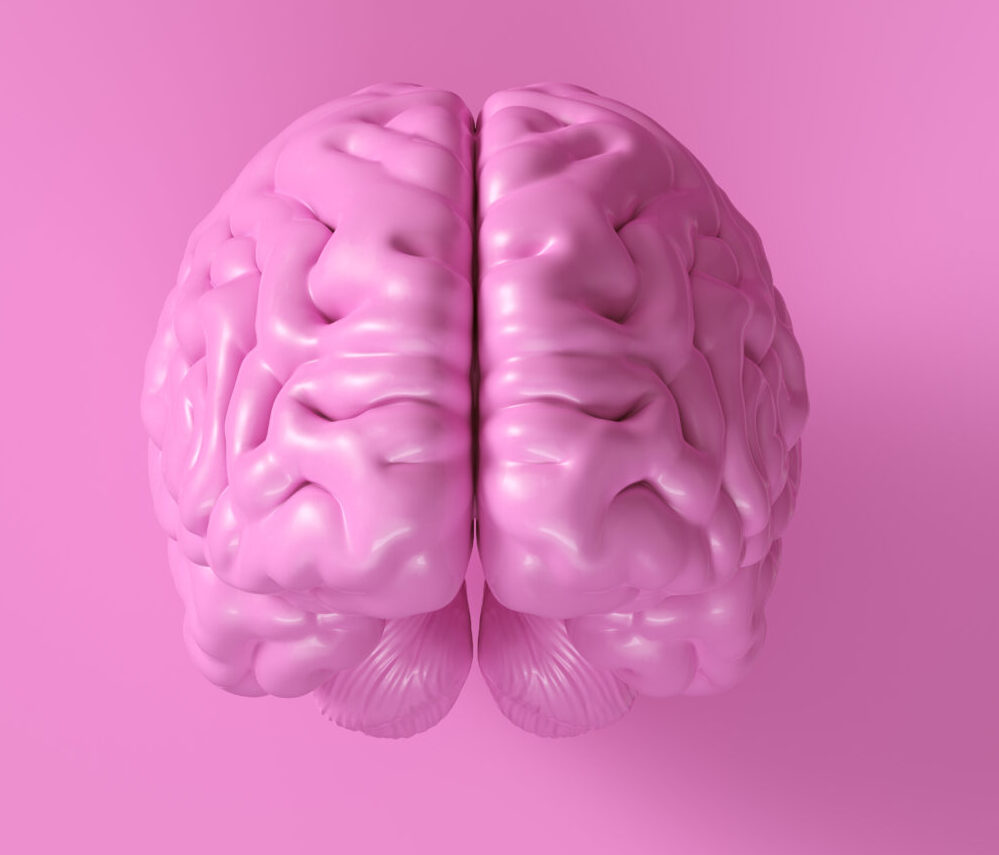Benign intracranial hypertension (BIH), also known as pseudotumor cerebri or idiopathic intracranial hypertension, is a medical condition that involves an increase in the pressure inside the skull. This can lead to symptoms such as headaches, vision changes, and ringing in the ears. Although the name may sound scary, benign intracranial hypertension is not a brain tumor, and it is typically a non-life-threatening condition. However, if left untreated, it can cause serious complications. In this article, we will explore the causes of benign intracranial hypertension, how to recognize its symptoms, and the available treatment options.
What Causes Benign Intracranial Hypertension?
The exact cause of benign intracranial hypertension is still unknown. However, researchers have identified several factors that may contribute to the development of this condition. The most commonly recognized cause is an increase in the amount of cerebrospinal fluid (CSF) inside the skull. CSF is a clear fluid that surrounds and protects the brain and spinal cord. Normally, the amount of CSF in the skull is balanced by being produced and reabsorbed at a constant rate. However, in BIH, there is an imbalance in this process, leading to an accumulation of CSF and an increase in pressure inside the skull.
Another potential cause of benign intracranial hypertension is obesity. It has been observed that individuals who are overweight or obese are at a higher risk of developing this condition. This could be due to the extra weight putting pressure on the brain and causing an increase in CSF production. Additionally, certain medications such as steroids, birth control pills, and tetracycline antibiotics have also been linked to causing BIH.
Some medical conditions have also been associated with benign intracranial hypertension. These include certain hormonal imbalances, such as an excess production of growth hormone, as well as diseases that affect the endocrine system, such as polycystic ovary syndrome. In rare cases, head injuries or blood clots in the brain can also lead to BIH.
Recognizing the Symptoms of Benign Intracranial Hypertension
The most common symptom of benign intracranial hypertension is a severe headache, which is usually described as a constant pressure or throbbing sensation in the head. The headache may be worse in the morning or when lying down and can be accompanied by nausea and vomiting. Vision changes are also a common symptom of BIH, including blurred vision, double vision, and temporary blindness. Some individuals may also experience ringing in the ears, known as tinnitus, or a whooshing sound in the ears.
Other symptoms of benign intracranial hypertension may include neck pain, dizziness, and difficulty concentrating. In some cases, individuals may also have trouble with balance and coordination. If left untreated, BIH can lead to serious complications such as permanent vision loss and damage to the optic nerve, which connects the eye to the brain.
Treatment Options for Benign Intracranial Hypertension
The primary goal of treatment for benign intracranial hypertension is to relieve the pressure inside the skull and prevent any potential complications. Depending on the severity of the condition, treatment options may vary. For mild cases, dietary changes and weight loss may be recommended to help reduce the pressure on the brain. This may include following a low-salt diet and avoiding foods that can increase CSF production, such as caffeine.
In more severe cases, medications may be prescribed to help reduce CSF production or promote its absorption. These may include diuretics to decrease fluid retention and steroids to reduce inflammation in the brain. In some cases, a lumbar puncture may be performed to remove excess fluid from the spinal canal and relieve pressure on the brain.
In rare cases where these treatments are ineffective, surgery may be recommended. The most common surgical procedure for BIH is called optic nerve sheath fenestration, which involves making a small hole in the membrane that surrounds the optic nerve to relieve pressure and prevent vision loss.
Conclusion
Benign intracranial hypertension is a condition that involves an increase in the pressure inside the skull. While the exact cause is still unknown, factors such as an imbalance in CSF production, obesity, and certain medications have been linked to its development. Early recognition of symptoms, such as severe headaches and vision changes, is crucial in preventing potential complications. Treatment options vary depending on the severity of the condition, but typically involve lifestyle changes, medications, or surgery. If you experience any of the symptoms associated with BIH, it is important to consult a medical professional for proper diagnosis and treatment.

